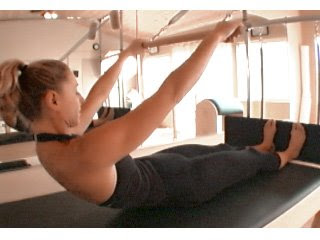What is fascia? The soft connective tissue that provides support and protection for the body, mostly muscles. This can be effected by injury, stress, environment, nutrition, and dehydration. It helps your kinetic chain work properly.
Benefits:
- Improve flexibility by correcting muscle imbalances
- Reduce injury by improving joint range of motion
- Increase performance/movement
- Improve blood flow in body
- Recover quicker and be less sore after workouts
- Maintain better function with less joint stress
How do I roll? When rolling the slower the better. Make sure to breathe deeply and keep good posture. Do not roll over a joint. If you find a knot or "speed bump" hold at that spot for 30 seconds-1 minute. Use cross friction, ankle circles or mashing techniques to get deeper into the tissue. Rolling one part of the body connects to another so choose wisely where you roll.
Use this as part of your warm up or cool down when doing traditional workouts. It is also a great recovery tool for athletes or racers. Sessions can range from 15 minutes to an hour depending on what you are trying to accomplish. Foam rollers can also be used for balance or core exercises.
Use this as part of your warm up or cool down when doing traditional workouts. It is also a great recovery tool for athletes or racers. Sessions can range from 15 minutes to an hour depending on what you are trying to accomplish. Foam rollers can also be used for balance or core exercises.
Who should not foam roll? People with osteoporosis (can break bones if too intense), varicose veins, pregnant or on certain medications. Avoid areas where there is a sharp pain. Be careful with clients whom have diabetes (can have a loss of sensations) or high blood pressure (important that they breathe properly).
Types of Foam Roll/Massage Tools:
- Trigger Point Therapy: Grid
- The Stick
- Massage Balls
- Foam Roller (small, full, cut in half, cold)
- Thera Cane
- Rumble Roller






